

The oldest of the monumental fountains of the Venetian Candia seems to be the one constructed by the Capitan Generale Giovanni Matteo Bembo between 1552 and 1554 to the South of the church of San Salvatore. It was obviously the first attempt to supply the city with fresh water in the form of an aqueduct. The monumental facade of the sill existing fountain was originally crowned by a pediment, depicted in the sketch of R. Pashley in 1834, but it had disappeared by the end of the century. The pediment was held by a pair of side piers and a pair of columns. The three intercolumnar spaces were covered with grey marble. In the central intercolumniation a headless male statue of a roman dignitary was incorporated; the educated Venetian officer, who was an admirer of the antiquities, brought it from Ierapetra. It stands on a pedestal with floral decoration in the center of which lays the spout which sheds the water into a rectangular sarcophagus. The statue is flanked by the coats of arms of the Bembo family, the Duke Alvisi Gritti, the counselor Giovanni Tiepoli, the camerlangi Giorgio Emo, Pier Marino Diedo and Vittorio Bragadin and the castelagno Domenico Contarini. The water of the fountain was proved valuable during the siege of Candia, when the Ottomans cut off the supply of the Morosini fountain, since it kept running for many years, until a nobleman who defected revealed to the Ottomans the course of the aqueduct.
 | 1. Heraklion, Rabdh el Khandaq, Chandax, Candia, Megalo Kastro The adventure of a city | |
|---|---|---|
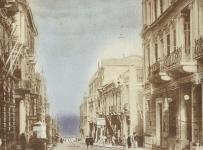 | 1.1 Candia under the Venetian occupation | |
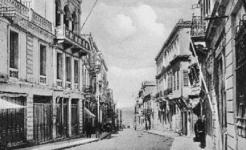 | 1.2 The public buildings | |
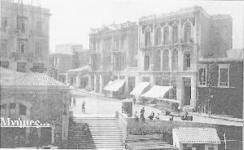 | 1.2.1 Ruga Magistra (Maistra) | |
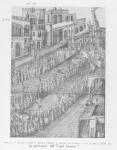 | 1.2.2 The Ducal Palace | |
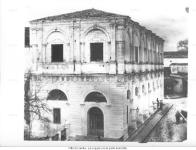 | 1.2.3 The Venetian Loggia | |
 | 1.2.4 The Warehouse for the Cereals (Fondaco) | |
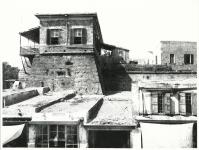 | 1.2.5 The Gate “Voltone” | |
 | 1.3 The orthodox churches | |
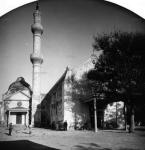 | 1.3.1 St. Catherine of Sinai | |
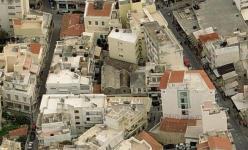 | 1.3.2 Saint Anastasia | |
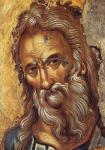 | 1.3.3 The Church of St. Mathew, dependency of Sinai | |
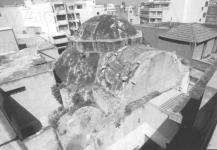 | 1.3.4 St. Onouphrios | |
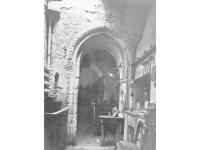 | 1.3.5 Virgin of the Angels (Santa Maria degli Angelis in Beccharia) | |
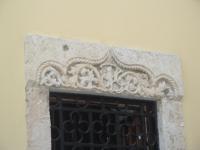 | 1.3.6 Church of the Virgin Pantanassa (southern aisle of the old Metropolis / old church of St. Menas) | |
 | 1.4 The Latin Churches | |
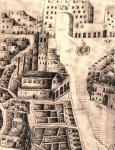 | 1.4.1 The basilica of St. Marc (ducal church) | |
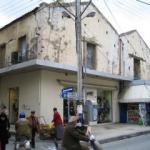 | 1.4.2 The church of Saint John the Baptist | |
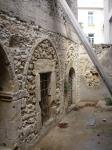 | 1.4.3 Saint Paul of the Servites (Servants of Mary) | |
 | 1.4.4 The monastery of St. Francis of the Franciscans | |
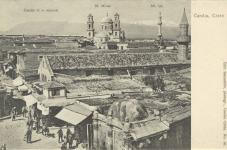 | 1.4.5 Santa Maria di Piazza (Madonina) | |
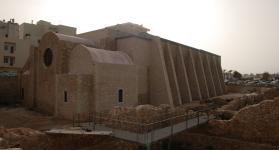 | 1.4.6 The Monastery of St. Peter of the Dominicans | |
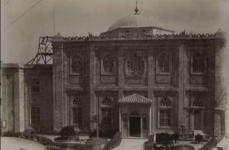 | 1.4.7 The Church of St. Titus (Latin Archdiocese) | |
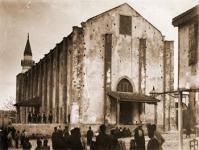 | 1.4.8 The church of San Salvatore | |
 | 1.5 The fountains and hydraulic works | |
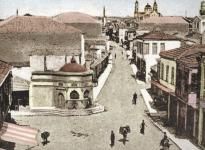 | 1.5.1 The Fountain of the Ruga Panigra (Strata Larga) | |
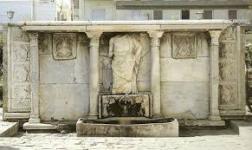 | 1.5.2 The Bembo fountain | |
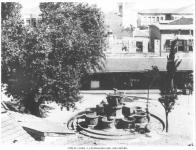 | 1.5.3 The Morozini Fountain | |
 | 1.5.4 The Priuli fountain | |
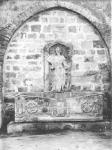 | 1.5.5 The Sagredo fountain |